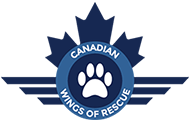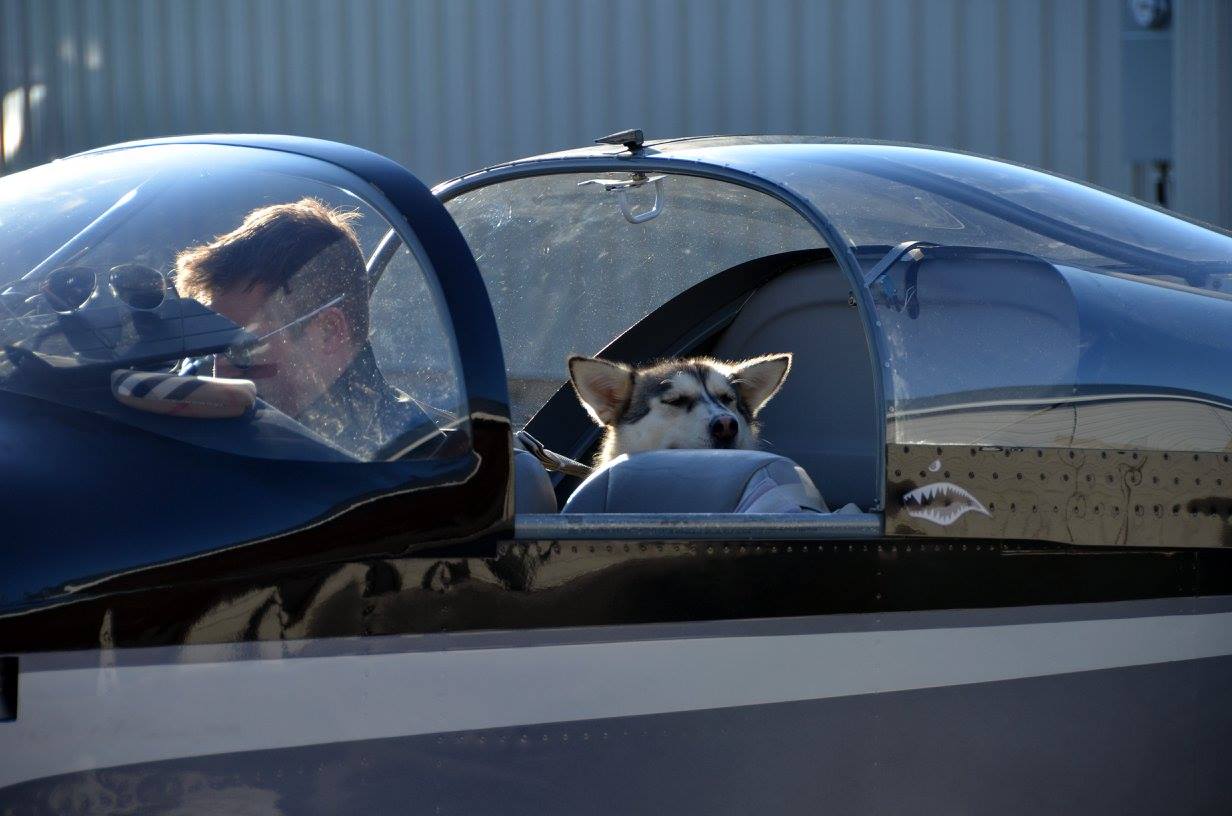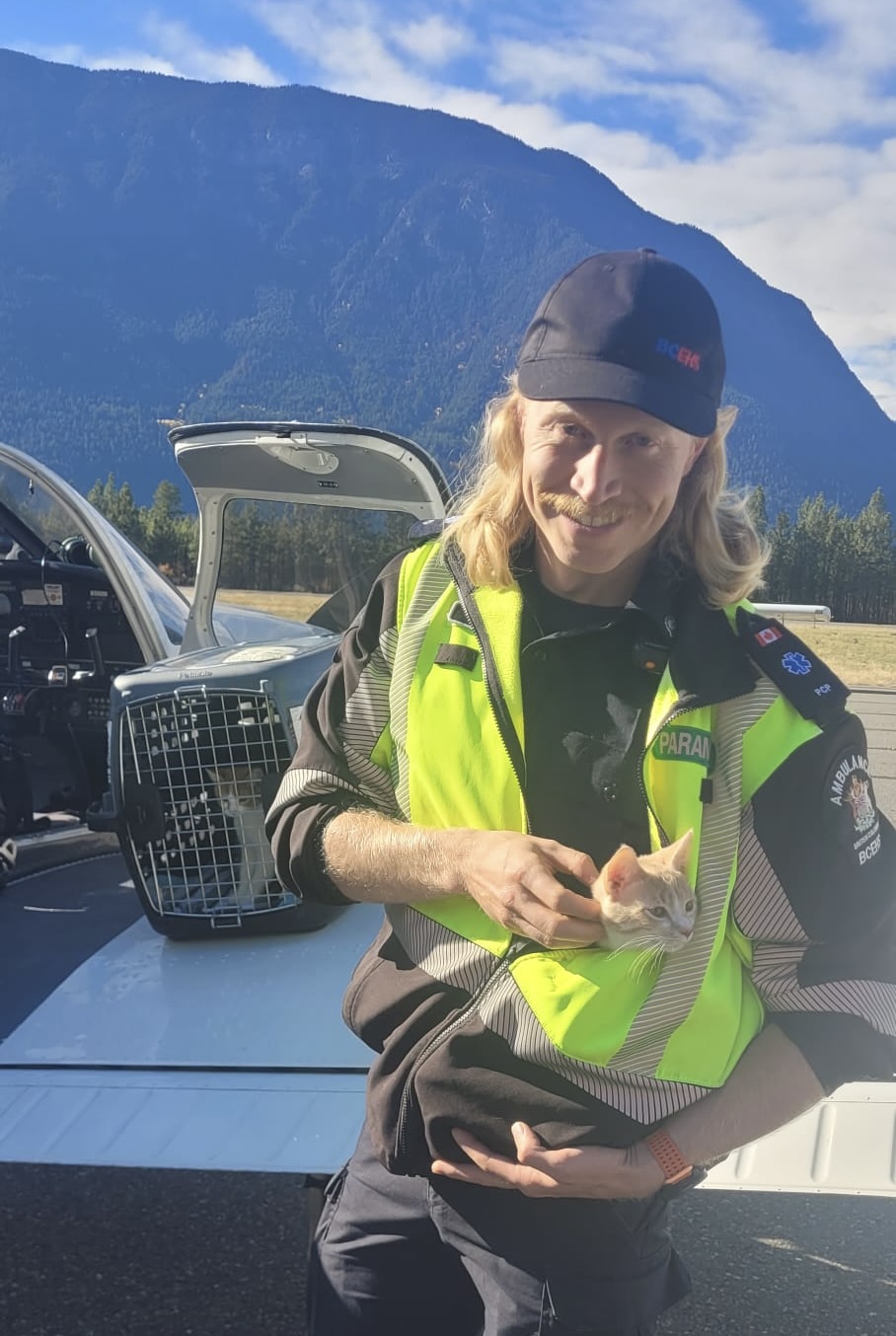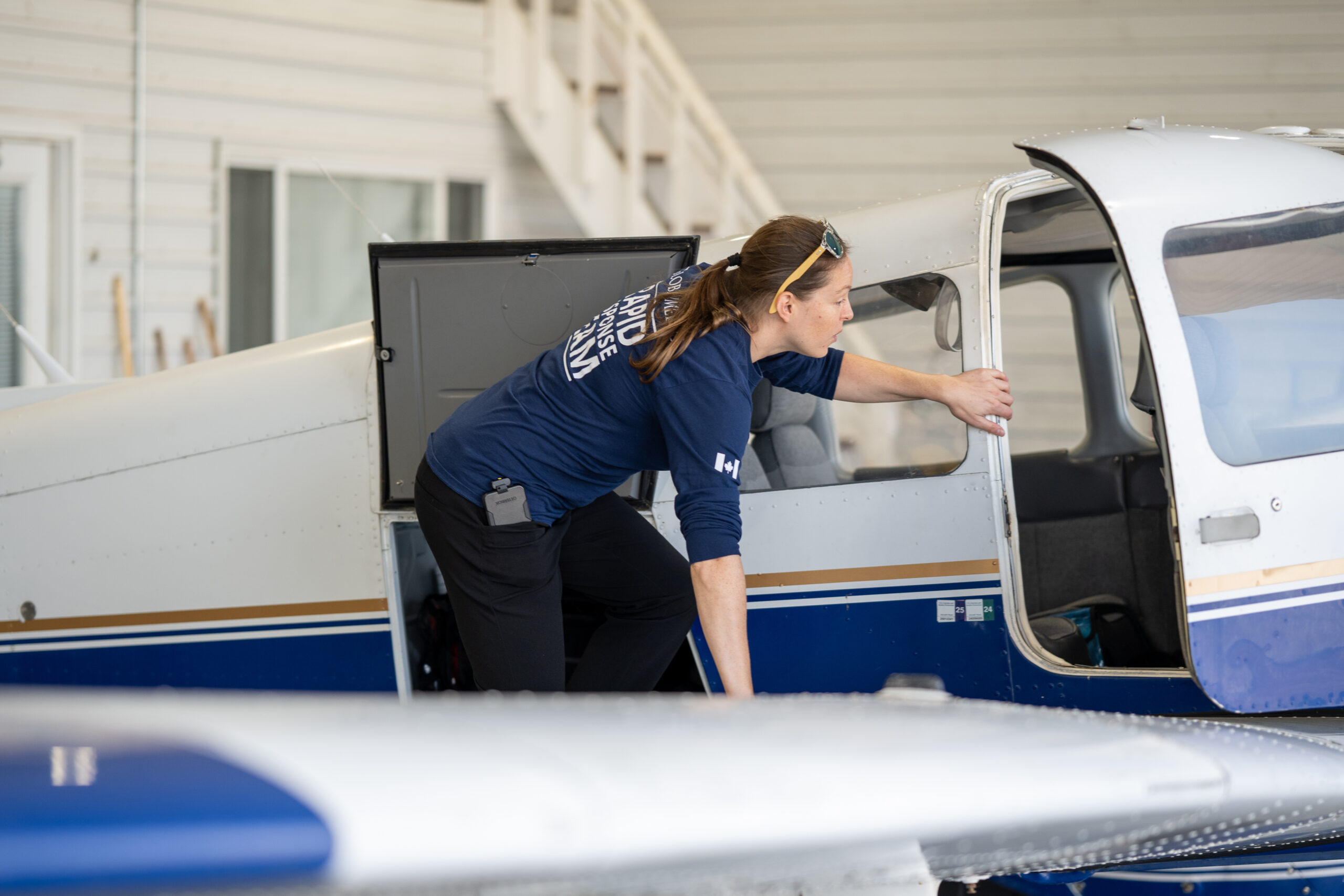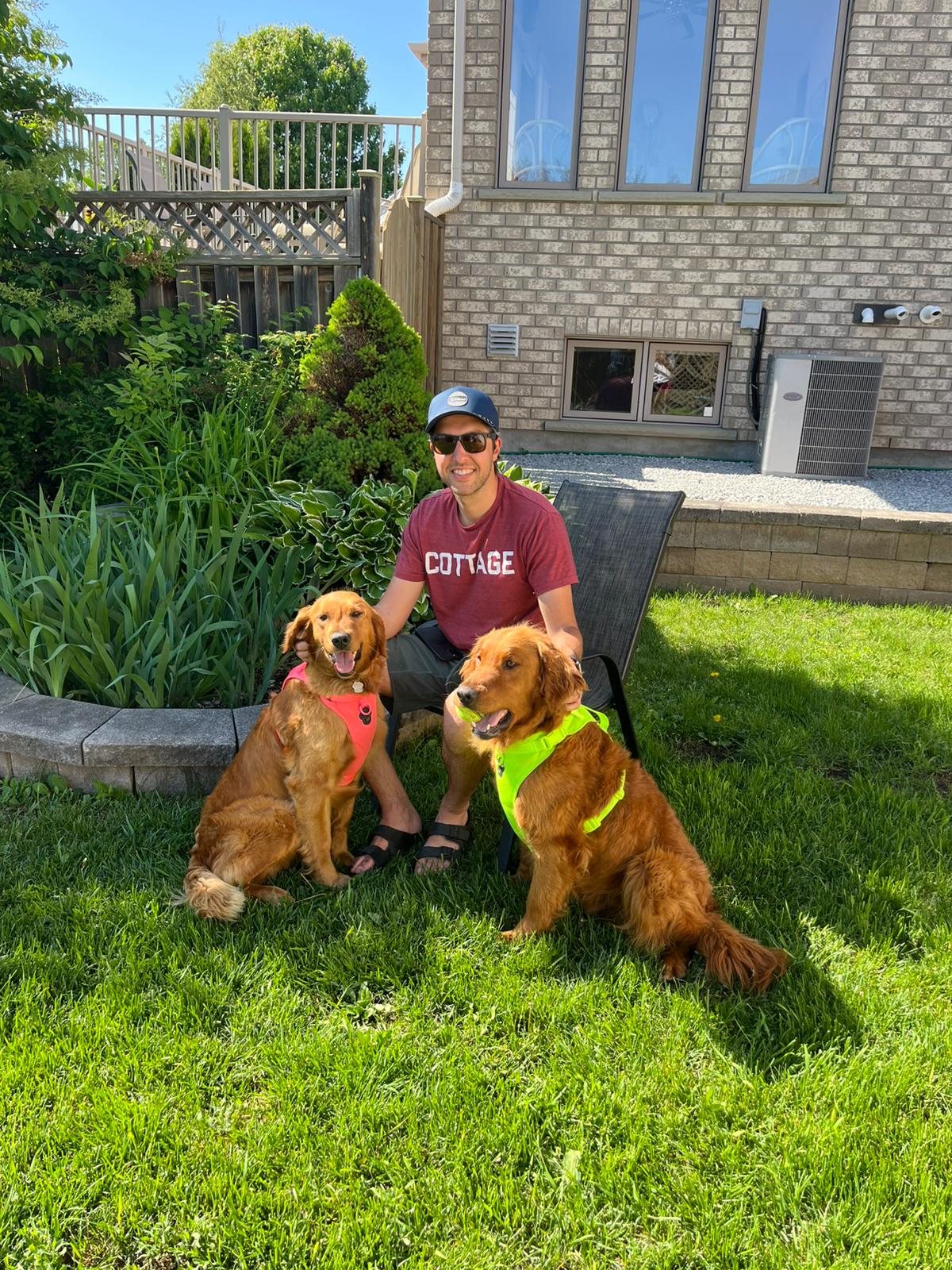
A step-by-step look at a Canadian Wings of Rescue flight
At Canadian Wings of Rescue (CWoR), it takes more than a plane to make a flight happen. It takes planning, coordination, and a whole lot of heart. Here’s a look at how one of our transports unfolded — from start to safe landing — showing how volunteers come together to give animals their second chance.
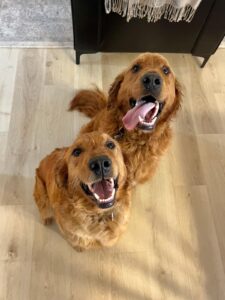
Max and Maple are all smiles before their flight.
Step 1: The request comes in
When Max and Maple needed a helping hand, they didn’t know they’d be relying on a team of strangers all working together to get them closer to adoption.
Rescue partners like Golden Rescue submit a transport request through our website, which kicks off a carefully coordinated process. Max and Maple were two lucky golden retrievers ready for a new beginning, and a rescue flight was their best shot at getting there.
Step 2: Finding a pilot
Once the request was approved, an alert was sent out to our network of volunteer pilots. That’s how Kai, a private pilot, stepped in to help. He offered to fly Max and Maple from northern Ontario to their next destination.
Step 3: Making connections
As with all of our transports, a WhatsApp group was created by one of our Transport Coordinators to connect everyone involved. The chat includes the pilot(s), rescue partners, any on-the-ground sending or receiving volunteers, and CWoR staff volunteers.
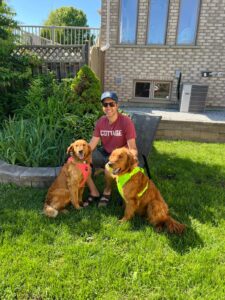
Max and Maple with one of their foster parents in northern Ontario.
Step 4: Prioritizing safety for all involved
Like most flights in private aircraft, timing is highly dependent on the weather. Our volunteer pilot, in true pilot form, kept a close eye on Sunday’s forecast and coordinated a potential departure time around 8:00 a.m., hoping to arrive for the pick-up of Max and Maple around 12:30 p.m. — with possible stops along the way if winds were strong or fuel was needed.
Ahead of time, the group discussed multiple factors:
- Would Max and Maple be okay for a 3.5-hour flight?
- Would they both be comfortable during the trip?
- Was Kai comfortable flying solo, or would he prefer a passenger?
As it turned out, Kai had an extra set of hands lined up. He brought a passenger to join him for the journey, keeping spirits high and offering support along the way.
Step 5: Working through the details
No detail is too small. From airport logistics to coordinating drop-offs and pick-ups at each end, everyone played their part. The team discussed ideal departure times, transfer handoffs, and how the dogs might handle the flight.
This kind of communication — open, responsive, and thoughtful — is what makes CWoR flights possible. Even when hiccups come up (storms, fuel stops, or last-minute doggy bathroom breaks), the goal remains the same: keep everyone safe and get animals where they need to go.
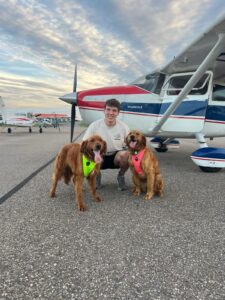
Volunteer pilot, Kai, with Max and Maple.
Step 6: A renewed beginning
By the time the dogs were en route, the plan was confirmed, hands were in place, and tails were wagging. Max and Maple were one step closer to their forever families — thanks to a community of animal lovers and volunteers who made it happen.
Interested in joining us?
Whether you’re a rescue, wildlife organization, donor, or a pilot ready to lend your wings, Canadian Wings of Rescue is here to help animals soar toward their next chapter.
